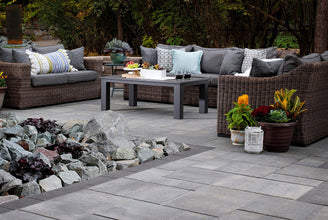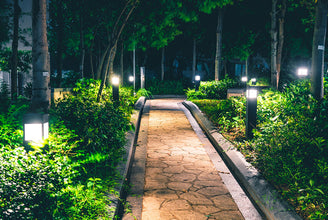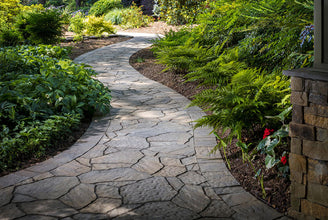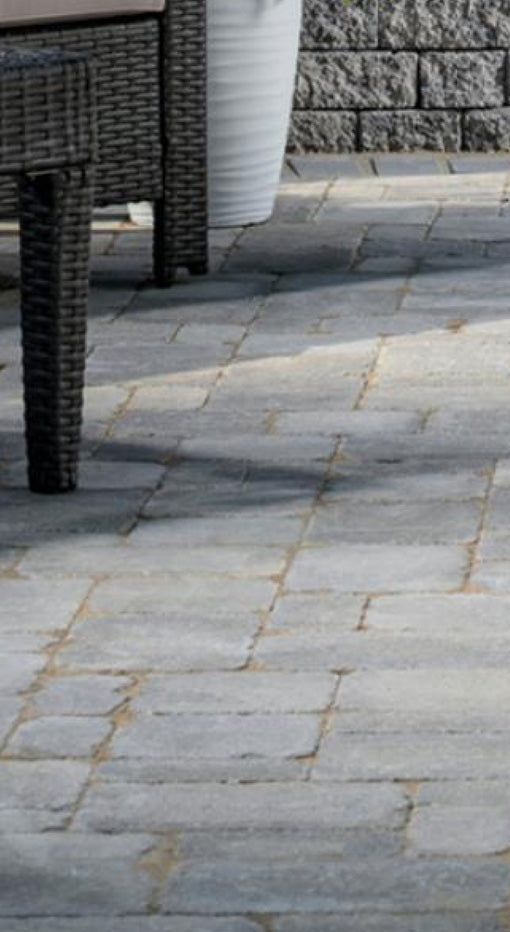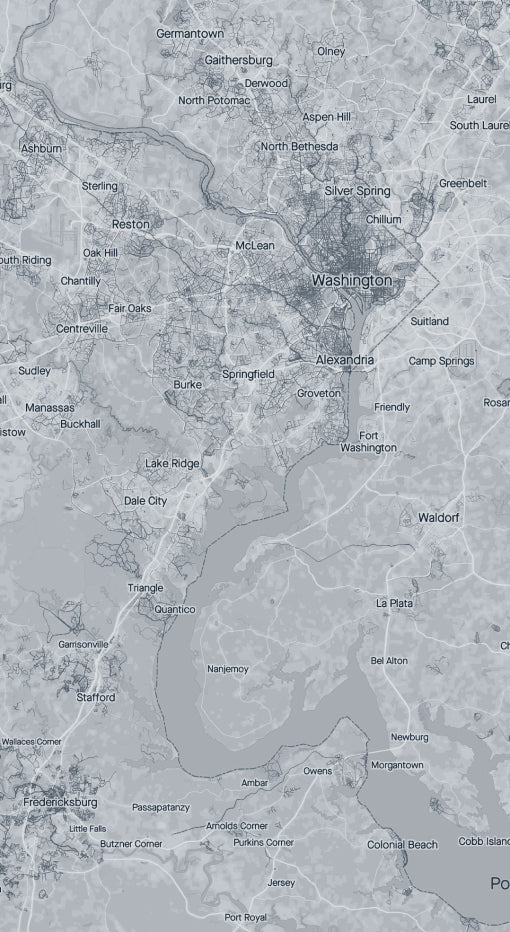Why Hardscape Professionals Use Polymeric Sand
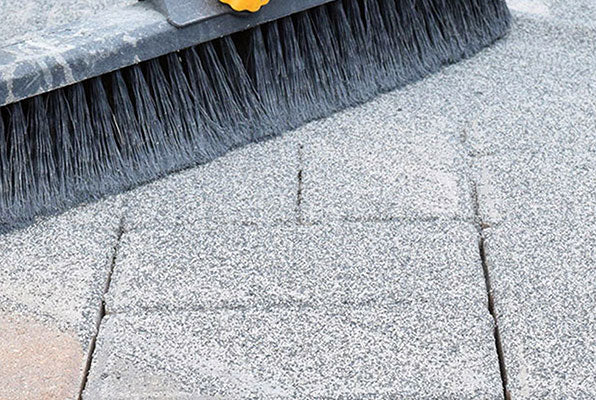
You can build patios that stay stronger longer by using polymeric sand.
Polymeric sand is a remarkable product. However, most consumers don’t know about it. Nevertheless, many landscaping professionals and contractors rely on it to secure patio pavers.
Polymeric sand enables contractors to create seamless patios and walkways. That's why professionals across the United States rely on polymeric sand to create beautiful outdoor surfaces.
To learn more about why hardscaping professionals use polymeric sand, keep reading.
What Is Polymeric Sand?
Polymeric sand is fine sand for filling paver joints. Manufacturers combine it with chemicals that form a bonding agent. For example, manufacturers often use silica to bond the fine polymeric sand particles together.
Once particles of polymeric sand fuse, they create an impenetrable bond. More importantly, however, they lock pavers in place.
Contractors use polymeric sand as part of the last step in a project. They use the compound to lock the pavers in place during compacting.
During this stage, they’ll sweep sand into the spaces between the pavers. Next, the contractor will compact the pavers to make sure that the polymeric sand spreads evenly throughout all cracks.
Before adding water, however, they must make sure to remove all the polymeric sand from the surface of the pavers. If they miss any, it can harden and create unattractive blemishes after exposure to water.
The compound will bond to any wet surface. Because of this risk, it’s important not to use polymeric sand if there’s a chance of rain.
Once a contractor has cleared away any polymeric sand from the surface of the pavers, they’ll activate it by misting the pavers with water. Typically, you can only activate polymeric sand one time. However, there are some varieties of the product that you can soften with water to correct imperfections.
Top Benefits of Polymeric Sand
There are a number of significant benefits to using polymeric sand with your hardscape.
When contractors finish off a paver patio or walkway with polymeric sand, it stronger and lasts longer compared to surfaces created with standard paving sand.
The binding agent in polymeric sand provides this benefit. It ensures that the pavers will not move for many years.
As a result, the surfaces that contractors create using polymeric sand are sturdy and immovable. The joints created using polymeric sand are so tight that they resist washing and heavy rain. This kind of precipitation has a reputation for eroding standard paving sand.
Polymeric sand also deters weed growth. Furthermore, it makes it difficult for pests, such as ants, to tunnel and nest between pavers.
There’s no need to sacrifice aesthetics to work with polymeric sand. Manufacturers make polymeric sand in colors that match a variety of paving stones.
Most manufacturers make polymeric sand in tan and gray. Others, however, make the product in a range of colors that include buff, black, brown, gray, and red.
Although polymeric sand is more durable than standard paving sand, it isn’t entirely maintenance-free. While it does deter weed growth in insects, it does not eliminate these problems. However, homeowners will find that pavers set with polymeric sand require much less maintenance.
Types of Polymeric Sand
Most manufacturers make polymeric sand using three ingredients. Those ingredients include crystalline and quartz silica as well as a proprietary bonding agent.
Depending on the manufacturer, silica makes up 85% to 90% of the compound. The rest of the ingredients used to make polymeric sand are usually filler and bonding agent. The bonding agent, however, is what makes polymeric sand special.
Nevertheless, not all polymeric sand products are the same. Some are stronger than others.
Polymeric sand also comes in varying degrees of fineness and granularity. The finer the sand, the easier it is to fill the space between the pavers.
The granularity of polymeric sand is an important characteristic. Increased fineness also plays a role in preventing weed growth and pest burrowing. It also contributes to reducing the labor required for maintenance.
Portland cement is another important ingredient that can help to increase the strength and hardness of polymeric sand. Polymeric sand with Portland cement and adhesive is stronger than products that contain only adhesive.
Polymeric Sand Is Tough Stuff!
The most important benefit of polymeric sand is that it holds the pavers in place better than standard jointing sand. Shifting pavers can create dangerous, uneven surfaces.
Polymeric sand helps you to overcome this problem. It creates a strong, flexible joint.
Over time, pavers shift naturally. Polymeric sand flexes and does not crack and break like traditional jointing sand. This characteristic preserves the integrity of patios, walkways, and driveways.
Furthermore, polymeric sand does not yield to the elements. It’s particularly resistant to water. Polymeric sand can survive the test of time in areas with heavy precipitation and stand up to regular power washing.
A Better Way to Source Hardscaping Supplies
The Hardscape Exchange is your source for polymeric sand and other hardscaping and landscaping supplies. We offer convenient online shopping for all your yard project needs. With just a few clicks, you can source supplies for your next hardscaping project 24 hours a day, seven days a week.
The Hardscape Exchange has provided project supplies for hardscaping for more than 25 years. We offer convenient home shopping and on-site delivery.
Visit TheHardscapeExchange.com to source polymeric sand and pavers for your next project. You can also check out our blog with the latest hardscaping trends and news.

Questions?
Give us a call!
With over 25 years’ experience designing and installing hardscapes in the field, our team has the expertise to address nearly any hardscape question you might have.


Saluting Our Heroes
We’re grateful to the men and women of our armed forces who put their lives on the line to protect our freedom. That’s why we donate a percentage of every sale we make to the Wounded Warriors Project.
